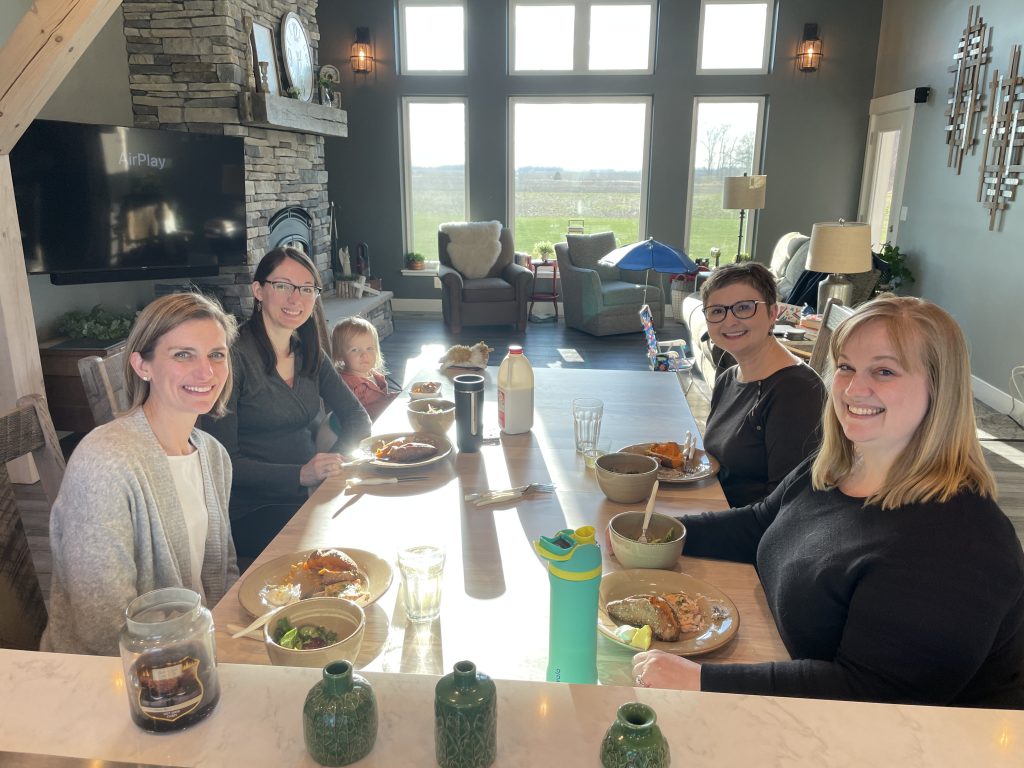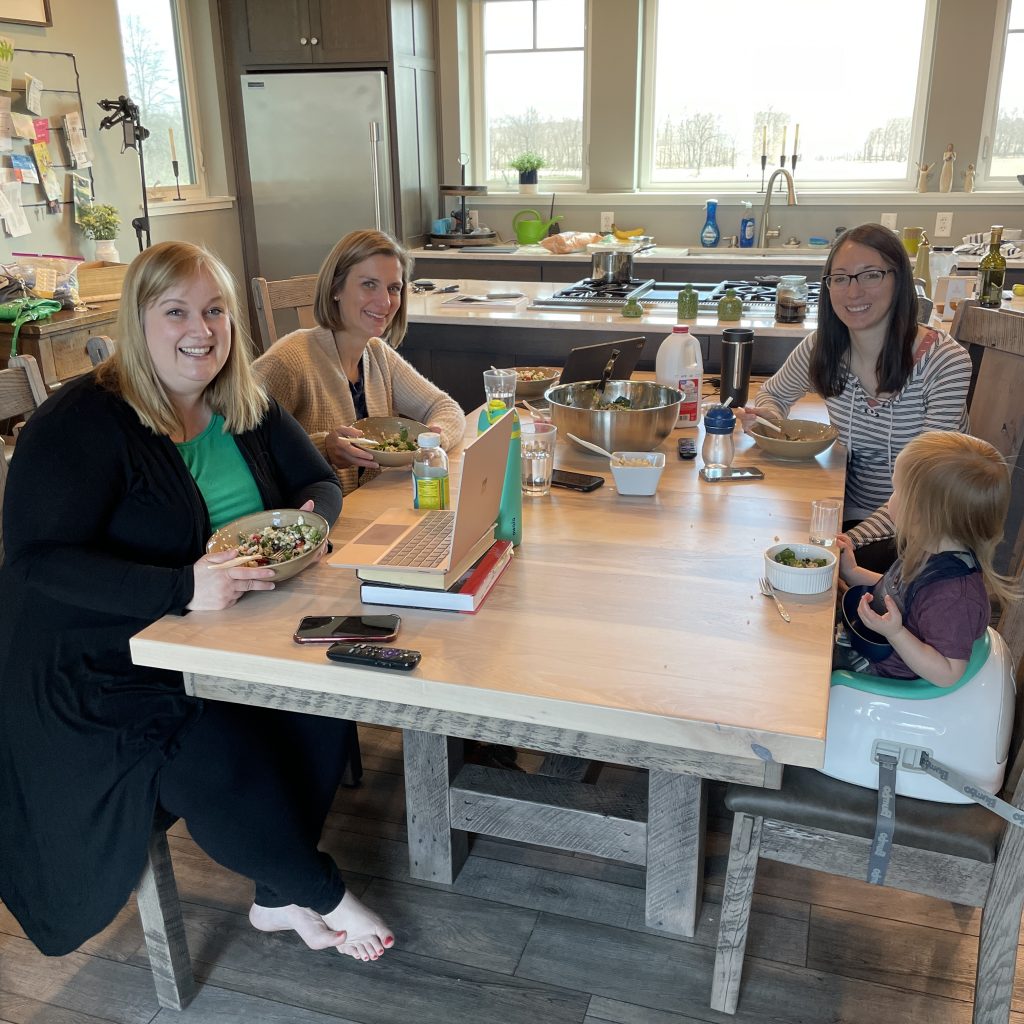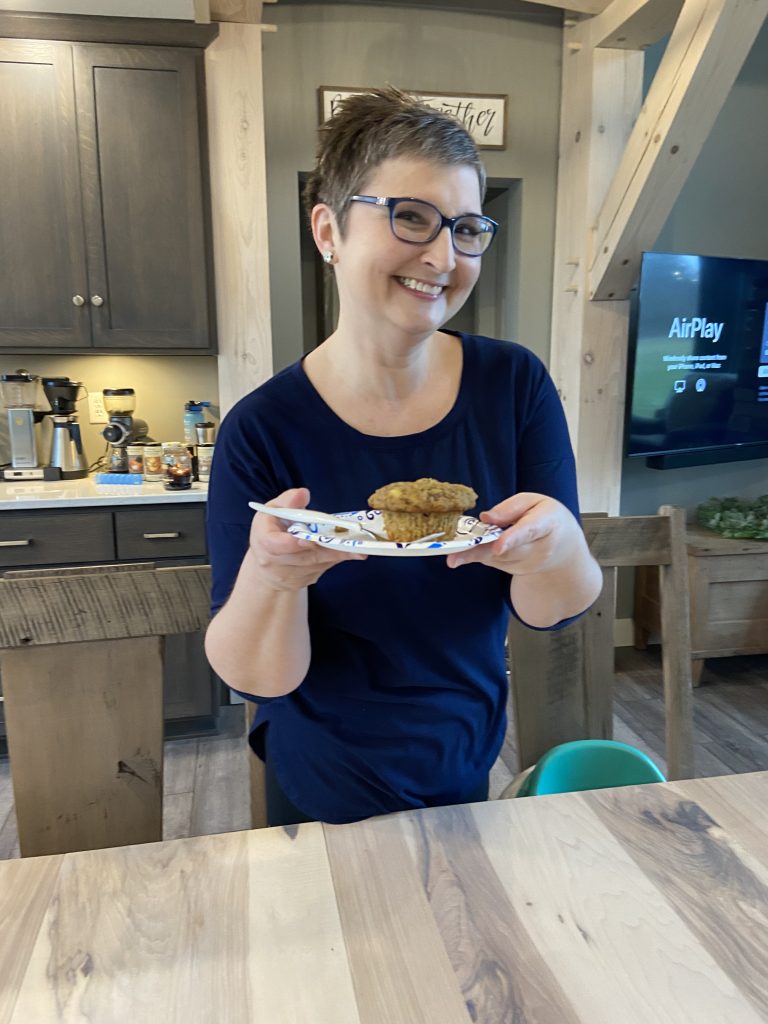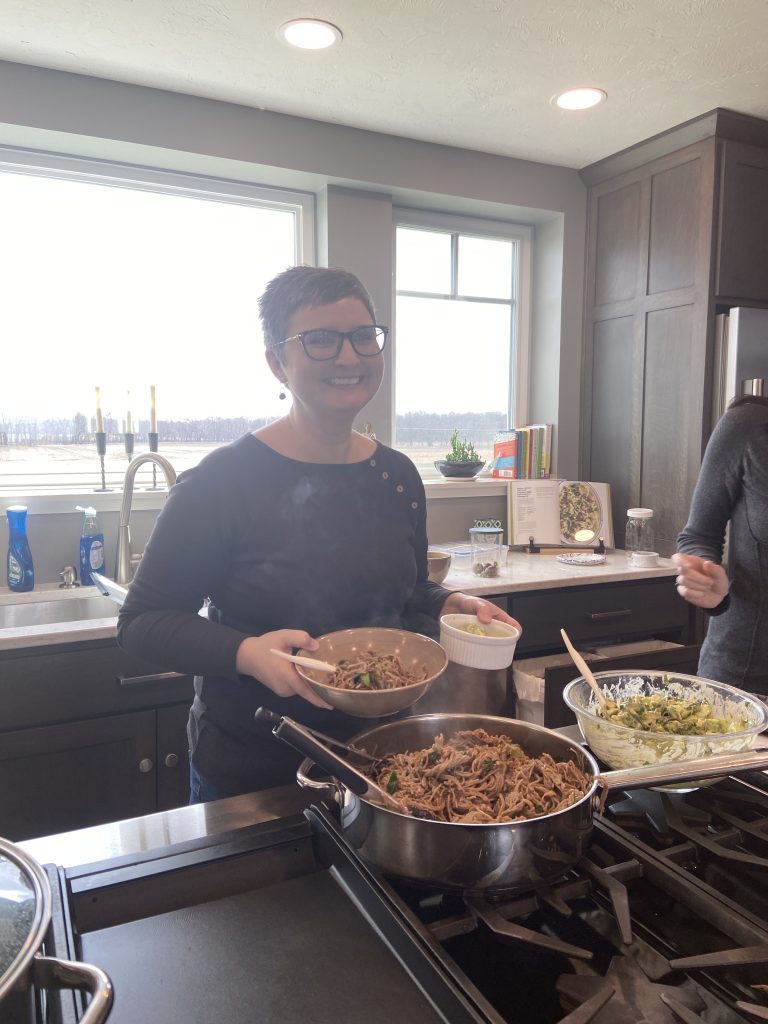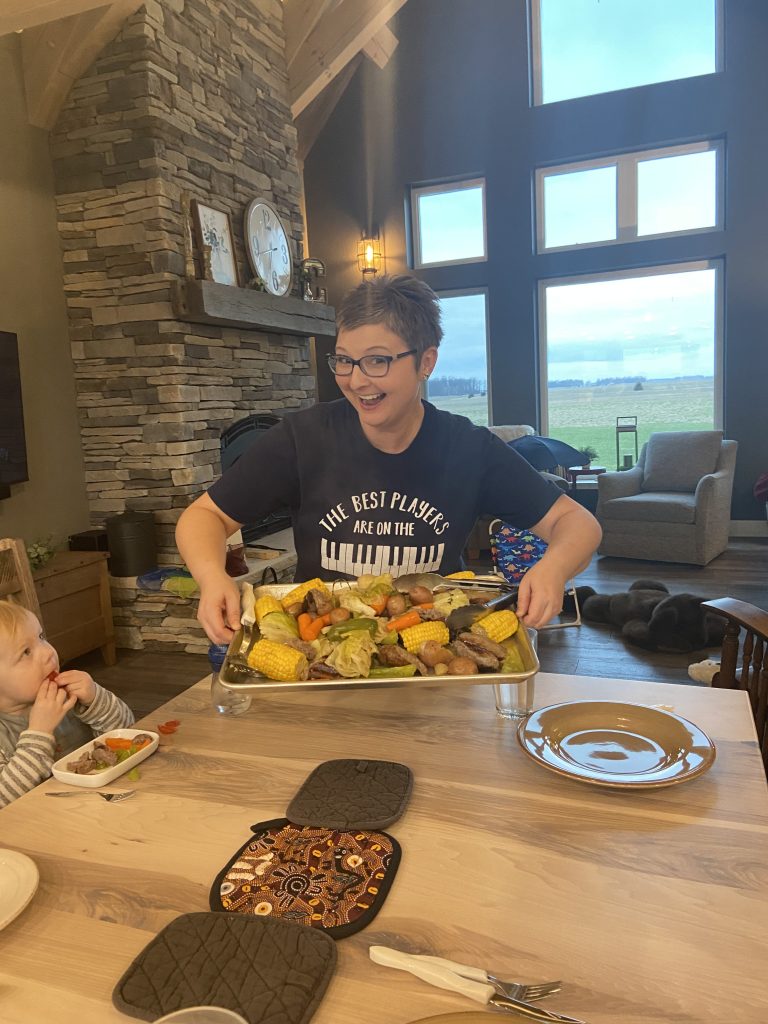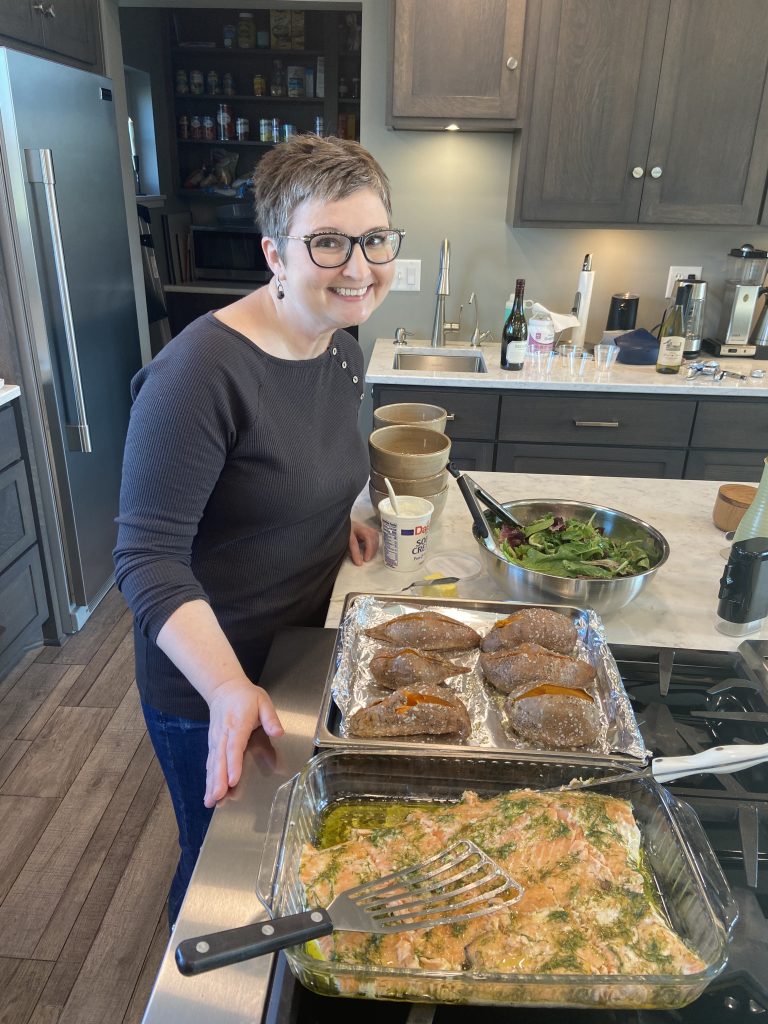![]()
This week’s goodies list calls of summer. Who doesn’t love strawberry season? Let’s kick the first few items off this week’s list with some of my favorite strawberry recipes!
1
Ina’s Easy Strawberry Jam is absolutely AMAZING. Including a few blueberries and chopped apple gives it a gorgeous color and texture.
2
You almost can’t call this recipe a recipe, but Almond Butter Strawberry-Toast is a lovely and simple combination. I first discovered this combination from Giada de Laurentii’s book Feel Good Food which I blogged about years about here.
I see some people online sprinkling over things like coconut, julienned basil, chia seeds, or toasted nuts. Toasted shaved almonds or pistachios would be my topper of choice but I usually just like it simple!
3
Perfect Summer Fruit Salad (All Recipes)
Nice for a small crowd. I love the variety of fruit as well as the inclusion of bananas. Just don’t put the bananas in until you’re ready almost to serve. A little sweet sauce mixture pulls it all together and gives it a nice gloss.
4
My favorite flip-flop for at least 5 years has been the Sanuk Yoga Joy.
![]() They’re made of yoga material and even though there’s not necessarily built-in arch support, I can walk in these shoes almost all day with no problems. I buy a new pair almost every summer and own both metallic colors: Pewter and Champagne.
They’re made of yoga material and even though there’s not necessarily built-in arch support, I can walk in these shoes almost all day with no problems. I buy a new pair almost every summer and own both metallic colors: Pewter and Champagne.
I’ve tried the Sanuk “Yoga Spree” and they are not nearly as comfortable as the “Yoga Joy.”
5
Summer is a great time to overhaul your studio website. Here are 3 Ways to Look at Your Studio Site with Fresh Eyes.
6
Do you have any exciting summer reads lined up? I decided to go on a kick covering all the books from one of my newest favorite psychological-thriller authors, Ruth Ware.
She only has 7 books, and I had read two previously, so my plan is to binge the rest this summer and am already two more down. Are any other psychological-thriller fans out there? If so, let me know some recommendations below!
7
Break into the summer tunes with my Summer playlist on Spotify. Use it as a starting point for starting your own seasonal playlist!
8
Do you ever great tired of buying chicken broth? The cost can really add up if you use it a lot – especially in the winter months. I love making my own homemade stock but it’s a bit labor-intensive. Recently I discovered homemade bouillon powder. Brilliant! I’ve only made it once and used it in one recipe, but I’m excited to keep trying it out.
9
I’ll admit I almost tried the online hack of storing avocados in water in the fridge but never got around to it. According to this article, it sounds like it was a good thing as the FDA is warning against it.
10
My newest piano buddy, Janna, is killing it online with her wonderful teaching videos. Here’s one on Lesson Planning. She always has great advice and insight.
11
Speaking of piano buddies, be sure you don’t miss out on two of the most popular episodes of the Piano Pantry Podcast so far
#13 How to Make Music Teacher Friends
#15 Teacher Talk with Joy, Janna, and Christina
Speaking of the podcast, I’ve updated the podcast page here on Piano Pantry. It includes some screenshots showing you how to subscribe on desktop or mobile, or how to rate and review on Apple Podcasts. It’s not always intuitive!




